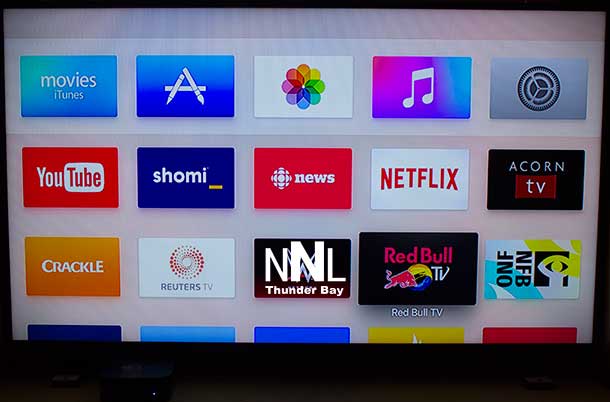
OTTAWA – The Canadian Radio-television and Telecommunications Commission (CRTC) today took measures to ensure Canadians continue to have access to local programming that reflects their needs and interests. “We are rebalancing the considerable resources already in the system to ensure that the quality, quantity and capacity of local newscasts are maintained. However, the flexibility that we are giving to the large private broadcasters is not to be taken lightly. They have a responsibility of continuing to provide adequate funding for news and to produce high-quality local programming that informs Canadians and reflects the communities they serve. Holding a broadcasting licence is a privilege, and in exchange of that privilege broadcasters have public service obligations, especially with respect to local news and information,” stated Jean-Pierre Blais, Chairman and CEO, CRTC.
Local News
New minimum thresholds for local news will be imposed on all local private television broadcasters. Also, through a rebalancing of resources, the large private broadcasters will now have the necessary flexibility to keep local stations open and fund the production of local news programming. This represents up to $67 million that could be available for local news.
In addition, the CRTC is creating the Independent Local News Fund to give independent stations access to approximately $23 million dollars in resources to produce high-quality local news programming.
The Independent Local News Fund will support independent operators in the following localities: Victoria, Prince George, Kamloops, Medicine Hat, Lloydminster, Thunder Bay, Hamilton, Rouyn-Noranda, Val d’Or, Gatineau, Montreal, Trois-Rivières, Sherbrooke, Québec, Saguenay, Rivière-du-Loup, Carleton and St-John’s.
Canadians value local news and they watch it on a regular basis. Local news and information is also a key part of a democratic society. However, new technologies are making it harder to monetize viewership on traditional platforms.
Community television
The thorough public record shows that, overall, the framework for community television continues to be valid and relevant, ensuring that citizens have access to content production across Canada.
Cable companies will continue to have the stewardship of the community channel on behalf of their subscribers as they have for decades. The CRTC was not persuaded that this successful model should be changed.
Nevertheless, the CRTC is taking steps to ensure that this programming continues to reflect local citizens and events, and that more of the overall funding is directed to on-screen results rather than overhead.
Quick Facts
- The CRTC has issued its new regulatory framework for local and community programming, following a process that began in September 2015.
- During this process, Canadians reiterated that they place great importance on local news to stay informed.
- Average weekly viewing hours for Canadian news and actualities broadcast by Canadian television services is over 23% of total hours viewed in the English market and over 28% in the French market.
- The emergence of new technologies allowed Canadians to easily have access to local and international news. However, new digital media do not yet have adequate funding and the expertise necessary to replace traditional local news.
- There are currently sufficient sources of funding within the system to fund the creation of locally produced, locally reflective programming.
- Canada’s television system provides a strong foundation on which to build for the future. It employs nearly 60,000 people and invests more than $4 billion in public funds alone each year in the creation of content made by Canadians.
- The allocation of some of the funding sources has been reviewed to ensure that local programming continues to be of high quality and receive adequate funding.
- The CRTC expects broadcasters to fulfill their social responsibility to produce programming that informs and reflects local communities.
- English-language stations will be required to broadcast at least seven hours of locally relevant programming (especially news) per week in non-metropolitan markets, and 14 hours per week in metropolitan markets (namely Toronto, Montreal, Vancouver, Edmonton and Calgary).
- French-language stations will be assessed on a case-by-case basis, using a benchmark of five hours of local programming per week.
- Canadians still value community television programming, especially in smaller communities.
- In the digital era, it is increasingly easy to create and share content online at lower cost. Community channels are encouraged to make content available on multiple platforms to all Canadians.
- The CRTC today also published a notice of consultation that launched the renewal process for television licences owned by large ownership groups.
- The public hearing to review the applications from the French-language ownership groups, namely Bell, Corus, Québecor and Groupe V, will begin on November 22, 2016, in Laval, Quebec.
- The public hearing to review the applications from the English-language ownership groups, namely Bell, Corus and Rogers, will begin on November 28, 2016, at our headquarters in the National Capital Region.







